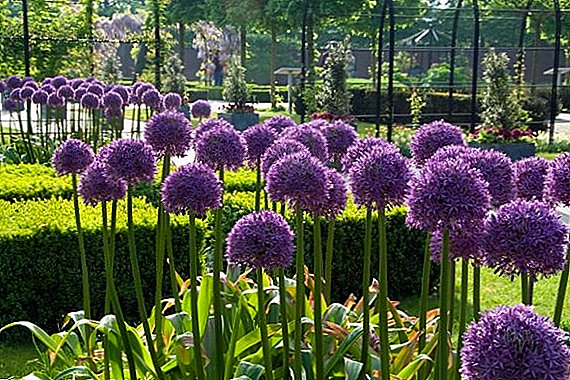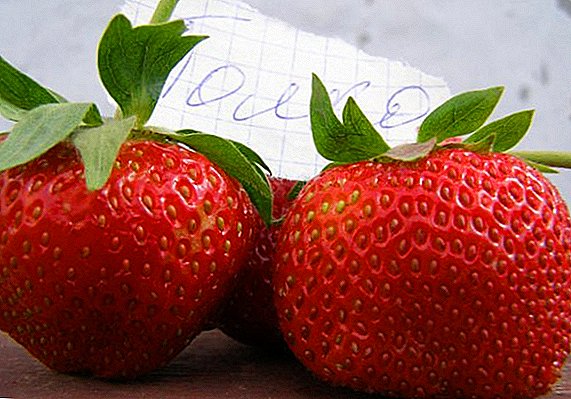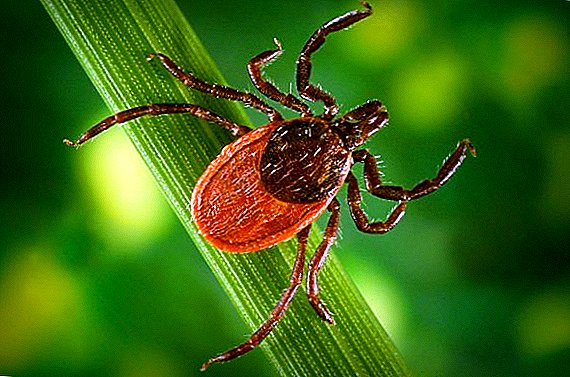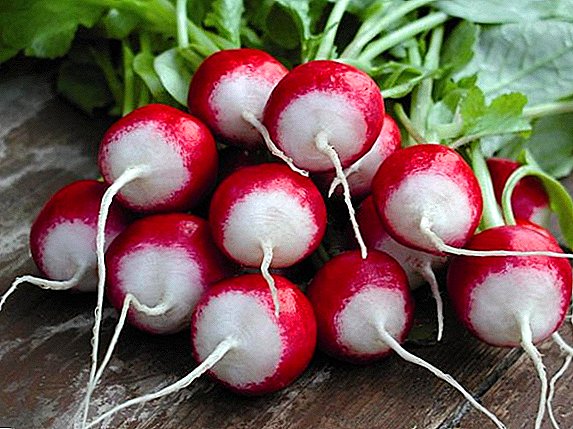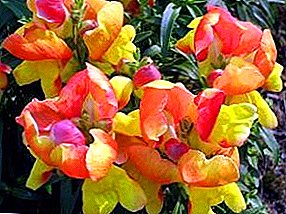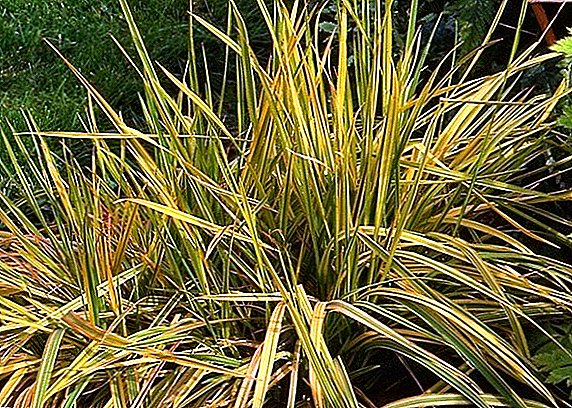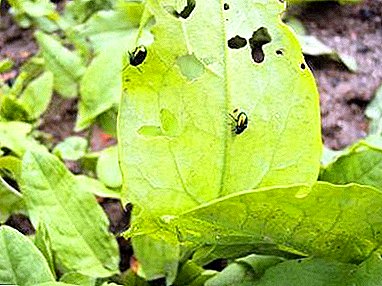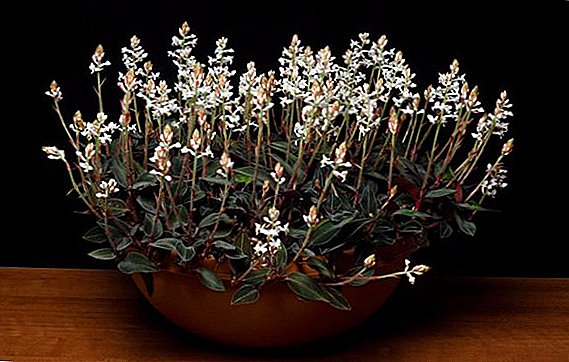 Ludysia is a herbaceous plant of the orchid family. The only polymorphic species of the Ludicia genus is two-color Ludysia. Under natural conditions, it grows in tropical rain forests of Southeast Asia. The plant reaches a height of not more than 15 cm has fleshy creeping stems, on which are velvety leaves, collected in rosettes. The aesthetic value of this kind is in the decorative coloring of foliage, therefore it belongs to the group of precious orchids.
Ludysia is a herbaceous plant of the orchid family. The only polymorphic species of the Ludicia genus is two-color Ludysia. Under natural conditions, it grows in tropical rain forests of Southeast Asia. The plant reaches a height of not more than 15 cm has fleshy creeping stems, on which are velvety leaves, collected in rosettes. The aesthetic value of this kind is in the decorative coloring of foliage, therefore it belongs to the group of precious orchids.
The color of the leaf blade can be different: from burgundy to emerald green and black, with strokes or stripes that are poured in silver. The surface is velvety, and the size is approximately 7 x 4 cm. The lower part of the sheet plate is smooth brown. Each leaf of Ludizia can delight with its beauty for seven years, after which it dies off and leaves a mark on the stem of a precious orchid.
The plant belongs to the flowering. The flowers are small, 2 cm in diameter, white with a yellow center, but they cannot boast a special attraction. They are placed alternately on a long peduncle (up to 25 cm), which grows from the top of the stem, and form a not dense racemose inflorescence. For Ludizia, the flowering period begins at the beginning of winter and lasts for more than a month.
There are such forms of orchid ludizii:
- Dawsoniana - a plant of a large form. It reaches heights of up to 30 cm and has red-brown color leafy plates with pinkish streaks.
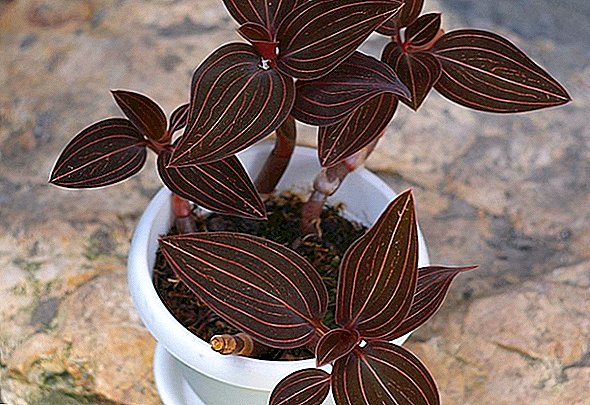
- Odina - the plant has a dark green color closer to the black leaf blade with silver longitudinal and lateral veins.
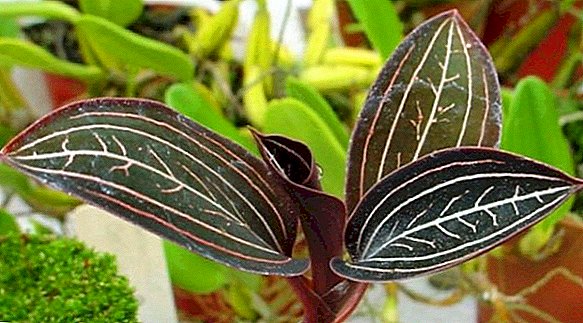
- Velvet - striped orchid has a velvety leaf blade surface with a contrasting pattern.
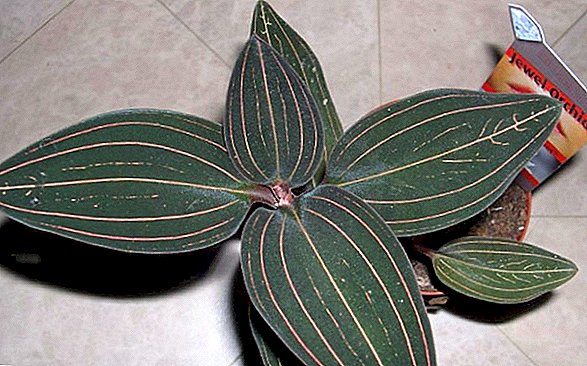
- Alba - the plant does not contain a red pigment and has a bright green leaf color with light long and short veins in large quantities.
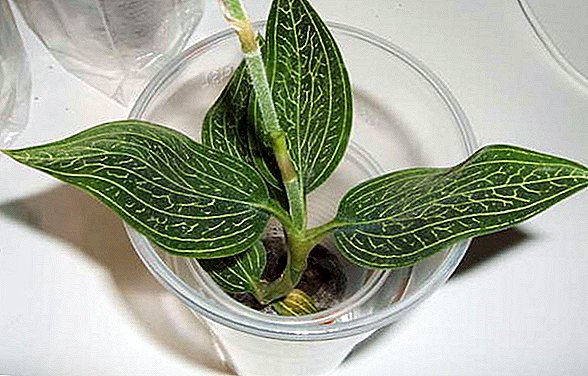
- Otletae - the plant has narrow leaf blades of black-green color with red longitudinal veins.
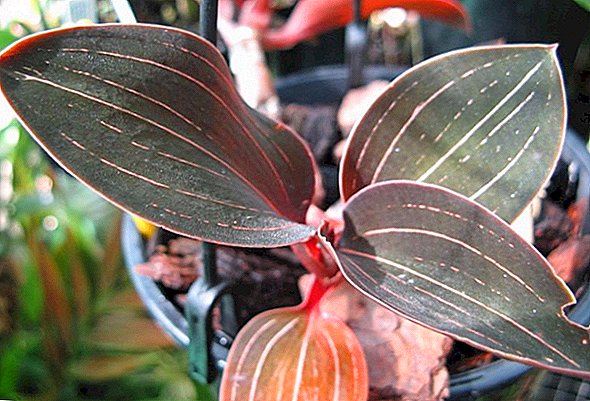
- Rubrovenia - Ludizia discolor with an elliptical shape of a leaf plate of bronze color with copper veins.
- Trilineata - a larger variety of ludisia discolor.
What loves ludiziya
Flower ludiziya refers to unpretentious plants, but in order for it to grow well, it is necessary to carry out proper care.
How to place ludisia in the room, the choice of lighting
The plant is characterized as shade-loving, so bright sunlight will interfere with normal development. Northern and western windows will create the necessary shading for normal growth. The orchid also feels well under artificial light, but the length of daylight should not be less than 12-14 hours. Under low light conditions, the stems will be thin.
Temperature and humidity
 Ludysia refers to plants that prefer moderately cool temperatures - 20-22 degrees. Before flowering in September-October should be a cold period, which contributes to this process. If before the heating season there is a significant decrease in temperature, then these few weeks of coolness are quite enough for the orchid to successfully prepare for flowering.
Ludysia refers to plants that prefer moderately cool temperatures - 20-22 degrees. Before flowering in September-October should be a cold period, which contributes to this process. If before the heating season there is a significant decrease in temperature, then these few weeks of coolness are quite enough for the orchid to successfully prepare for flowering.
The plant grows well with high humidity - about 70%, but to achieve this by spraying the foliage is not necessary. Water droplets leave stains on the velvety surface of the leaf plates. Therefore it is necessary to create the necessary moisture in other ways. Near the orchid place a water source or a pot with a plant put on wet clay. In winter, the plant must be taken from the central heating radiators, otherwise the tips of the leaf plates may dry out and the orchid will lose its attractive appearance.
What soil does ludysia love
The plant prefers a soil mixture the same as for orchids. It consists of sphagnum moss, coarse sand, peat and pieces of fern roots. The coarse fractions of the substrate are placed on the drainage, and the top is filled with smaller ones.
Did you know? The group of precious orchids includes the genus Ludisia, the genus Anectochilus, and the knee Goodyerinae. All species of the genus Anectochilus are included in the CITES Convention, the purpose of which is to protect wild animals and plants from the threat of extermination as a result of international trade.
Features of home care for pudding
Consider, based on what orchid loodia loves, how to exercise proper care for it at home.
How to water ludysia
 Caring for ludisium involves its proper watering. Suited or boiled water with a low salt content at room temperature or slightly warmer is suitable for this. On average, this procedure is carried out once a week. But at higher temperatures content is possible more often. Since water during upper watering can accumulate in the leaf axils and cause plant disease, it is better to water it in the pan. Do not allow prolonged stagnation of water in the pan. This will lead to decay of the roots. The substrate between watering should dry out, but not dry completely.
Caring for ludisium involves its proper watering. Suited or boiled water with a low salt content at room temperature or slightly warmer is suitable for this. On average, this procedure is carried out once a week. But at higher temperatures content is possible more often. Since water during upper watering can accumulate in the leaf axils and cause plant disease, it is better to water it in the pan. Do not allow prolonged stagnation of water in the pan. This will lead to decay of the roots. The substrate between watering should dry out, but not dry completely.
Did you know? All types of Goodyerinae plants have leafy plates with a reflective surface.
Top dressing orchids
For dressing orchids with striped leaves using complex fertilizer for orchids. It should be remembered that the plant needs feeding in the period of active growth and flowering. The frequency of feeding and preparation of the solution of the desired concentration is indicated on the packaging of the fertilizer used. This usually happens with every third watering.
Do not produce plant nutrition all year round. After flowering ludiziya enters a period of rest. The orchid must rest. Fertilization during this period can stimulate the plant to grow, and it can die.
Features transplant ludizii
Ludysia needs to be transplanted once every 2-3 years. This is done in the spring. You must purchase a substrate for orchids or prepare it yourself. Before transplanting orchid pudding, it is necessary to prepare the substrate and container. The plant is better suited low, but wide pots.  Fern roots and peat pieces 4 parts, leaf ground 4 parts, sphagnum moss 4 parts, birch charcoal 1 part, small pieces of pine bark or pine needles 4 parts, foam plastic 1 part are used as soil mixture. Plants are carefully removed from the pot, remove a portion of the old substrate and place it in a new one, sprinkling fine ingredients on top. After transplantation, the flower needs careful care for some time.
Fern roots and peat pieces 4 parts, leaf ground 4 parts, sphagnum moss 4 parts, birch charcoal 1 part, small pieces of pine bark or pine needles 4 parts, foam plastic 1 part are used as soil mixture. Plants are carefully removed from the pot, remove a portion of the old substrate and place it in a new one, sprinkling fine ingredients on top. After transplantation, the flower needs careful care for some time. 
Reproduction of homemade ludizii
Orchid ludysia propagated in several ways: by dividing the bush or grafting. The easiest way is to divide an adult plant into parts, each of which should have 2-3 processes. Grafting takes more time. Rooting of cuttings is better in spring and summer. Before rooting ludiziya, it is necessary to prepare the cuttings and the necessary environment.
First, they cut off the upper part of the stem with 2-3 knots and aerial roots, then sprinkle it with activated charcoal or cinnamon and set it for rooting. Rooting is produced in moist moss, placing the leaves of a plant on its surface, or in water with charcoal. They also use cuttings without leaves with several internodes, but the probability of their rooting is less. The cuttings are horizontally pressed into the wet sphagnum, not too deep. When the roots have small roots, it is planted in a pot.
Important! If a young plant with a small crown flower stalks appeared, then they are removed. Flowering takes a lot of energy and slows the development of the leaf part of the plant.
Diseases, pests and possible difficulties in growing
A multi-colored orchid can get sick as a result of improper care. Constant overmoistening of the soil leads to the development of rot, and bright sunlight leads to burns of the plant. Among the pests, ludisia affects the spider mite, mealybug, scalefish, whitefly.
 Spider mite sucks the sap of the plant and is completely invisible due to its microscopic size. You can recognize it because of the thin cobweb that covers the plant.
Spider mite sucks the sap of the plant and is completely invisible due to its microscopic size. You can recognize it because of the thin cobweb that covers the plant.
Shchitovka - sucking pest that secretes sticky secretion on the leaves of the plant. Recognize the pest by brown shells glued to the leaf blade.
Mealybug manifests itself in the form of white lumps, similar to cotton, on the leaves of the plant.
Pest control is carried out with the help of insecticides and acaricides. How to save pudding at defeat? First, outline the symptoms and correctly determine the cause of the disease. Secondly, separate the diseased plant into quarantine. Third, treat with an integrated approach. To do this, apply not only chemical treatments, but also adjust the conditions of detention, which may have led to orchid disease.
Rememberse: it is always easier to carry out preventive measures than to fight the disease. Do not wait for most of the plant to be amazed. Already at the first signs, it is necessary to begin the struggle. Then the victory will be quick, and the fear of losing the plant will be reduced to zero.







